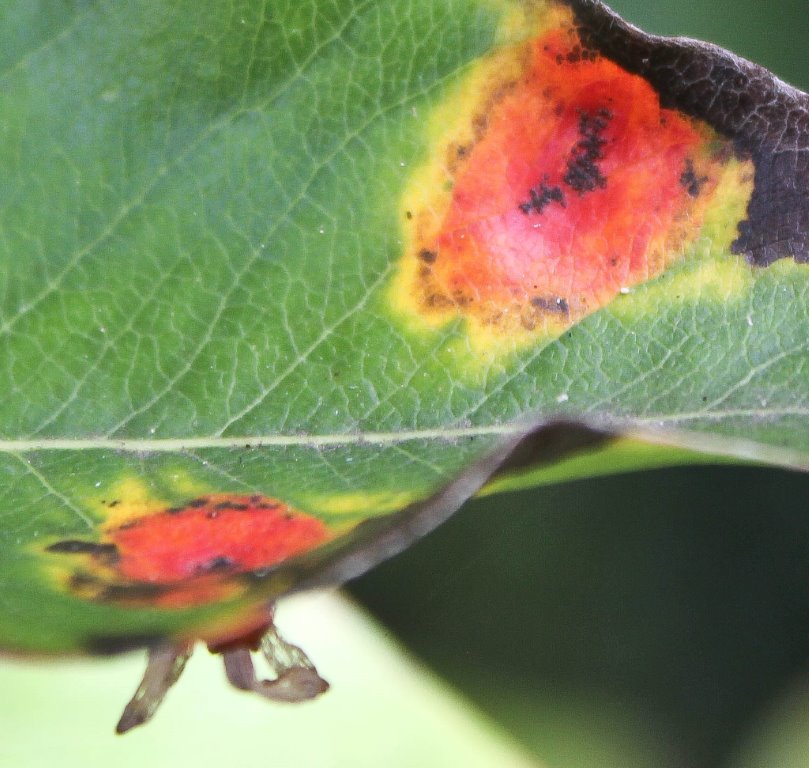Now’s the time to capitalise on the current warm spell before the onset of autumn, and a chance to get into the garden and enjoy the sunshine.
Wherever a plant goes, the label goes too, so check that tender plants in borders like Cannas and Dahlia’s still have their labels, so you know what to plant where, next year. Once the leaves have been blackened by the first frosts they will then be lifted and stored in the greenhouse or shed, still with their label, in pots and trays, in a cool frost free place, protected by a layer of multipurpose compost or similar. It’s a great way to recycle old hanging basket or container compost. In milder parts of Britain, Dahlias can be overwintered outdoors under a thick layer of mulch or straw.
Autumn is ideal for planting or re-planting herbaceous borders and is the traditional time for moving confers too, plants establishing rapidly as the warm, moist, soil encourages roots to grow.
Early in the month is the last chance to sow hardy annuals like ‘Larkspur’ and ‘Poppies’, you can wait until spring, but sowing now produces stronger, earlier flowering plants. Sow them in situ in warmer climates and protect with cloches or fleece if the weather gets really cold. In cooler climates, sow in trays or modules, then grow them on in a cool, frost free, greenhouse or cold frame, with as much light as possible, transferring them to individual pots, when they are large enough to handle or when the seed leaves appear.
 Rake leaves from the lawn as they start to fall; leave them to form a thick mat and the grass underneath will die. A rotary mower is ideal for the job if they are dry, picking up and chopping leaves as they are gathered, increasing the speed of decay. Cover ponds before the leaves begin falling, using the same fine mesh netting that protected your raspberries in summer. Compost collected leaves a large wire frame, at least a metre cubed, separating the leaves if possible; ‘Walnut’, ‘Holly’ and other tough evergreens or take longer to rot down than beech or ‘Hornbeam’. Leaves that are affected by disease (the leaves of one pear tree in my garden have been badly affected by rust, see image) can be composted away from the garden in your council organic waste recycling bin, they will be added to large compost heaps, where temperatures are high enough to destroy spores.
Rake leaves from the lawn as they start to fall; leave them to form a thick mat and the grass underneath will die. A rotary mower is ideal for the job if they are dry, picking up and chopping leaves as they are gathered, increasing the speed of decay. Cover ponds before the leaves begin falling, using the same fine mesh netting that protected your raspberries in summer. Compost collected leaves a large wire frame, at least a metre cubed, separating the leaves if possible; ‘Walnut’, ‘Holly’ and other tough evergreens or take longer to rot down than beech or ‘Hornbeam’. Leaves that are affected by disease (the leaves of one pear tree in my garden have been badly affected by rust, see image) can be composted away from the garden in your council organic waste recycling bin, they will be added to large compost heaps, where temperatures are high enough to destroy spores.
There is still time to complete your autumn lawn maintenance. Do so in the following order. Scarify, using a wire rake or scarifier to remove ‘thatch’ or debris like dead grass and moss from the lawn; aerate, by hollow tining on clay soils or spiking with a garden fork to 10cm deep and 15cm apart, feed with high potash fertiliser to toughen growth so the lawn survives the winter, top-dress spreading it evenly over the law working it into the holes left by aeration, with a brush or the back of a rake.
Happy gardening. Matt


